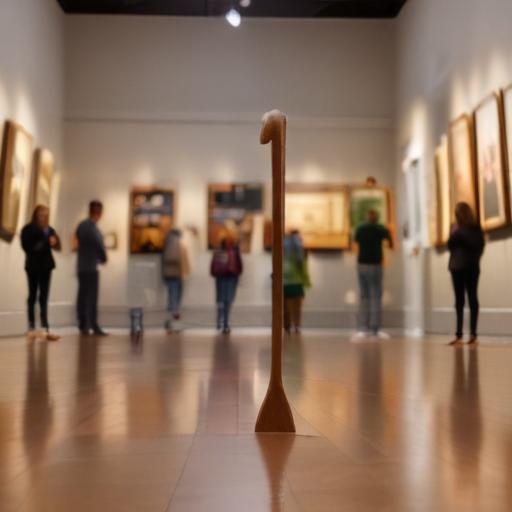Sotheby’s Sets a Bold Course in the Middle East with Abu Dhabi and Saudi Arabia Push
The global art and luxury markets are witnessing a major shift as cultural hubs rise in the Middle East. Sotheby’s is at the forefront of this transformation, pursuing a multi-pronged strategy in Abu Dhabi and Saudi Arabia that aligns with regional Vision 2030 aims and leverages government-backed infrastructure. The move is not just about expanding footprints—it signals a broader reshaping of the economic and cultural landscape, with investors eyeing a market slated for significant growth.
Abu Dhabi: A Model Built on Strategic Alliances and Investment
A pivotal element of Sotheby’s Middle East strategy is the Abu Dhabi model, anchored by a $1 billion investment secured through ADQ, the emirate’s third-largest sovereign wealth fund. This partnership goes beyond finance, signaling a deeper alignment with Abu Dhabi’s broader economic and cultural ambitions. The city’s own cultural infrastructure drive—anchored by investments totaling about $5.3 billion in museums and cultural sites, including the Louvre Abu Dhabi and the planned Guggenheim Abu Dhabi—creates a fertile ecosystem for art and luxury markets to flourish.
Incentives for art and culture further amplify this potential. The United Arab Emirates offers 0% personal income and capital gains tax on art, alongside support programs such as the Abu Dhabi Music and Arts Foundation grants and the Al Burda Endowment, which nurture local talent while attracting international collectors. Initiatives like Ghadan 21, which has earmarked AED 8 billion for public art projects, have already begun transforming urban spaces into cultural landmarks, enhancing Abu Dhabi’s appeal as a luxury destination.
Saudi Arabia: Cultural Renaissance Driving Economic Diversification
Saudi Arabia’s bold cultural push is propelled by Vision 2030, with the Cultural Development Fund and Nama’ Accelerators empowering micro, small, and medium-sized enterprises in the handicrafts sector and bridging tradition with contemporary luxury. The Year of Handicrafts in 2024 highlighted Saudi artisans at global venues such as London’s Selfridges, underscoring a national commitment to elevate local craftsmanship into a global luxury asset.
The kingdom’s ongoing cultural infrastructure—led by AlUla and Diriyah, UNESCO-listed sites being developed into cultural tourism hubs—has generated projections of substantial GDP contributions by 2030, with initiatives like the Red Sea Project and Amaala expanding luxury hospitality and eco-tourism. These developments illustrate a broader strategy to weave art, heritage, and innovation into a sustainable, high-end economy that appeals to high-net-worth visitors and collectors alike.
Market Dynamics, Growth Potential, and Sotheby’s Positioning
Estimates point to the Middle East luxury market growing to about €15 billion by 2030, driven by a young, affluent population and a surge in cultural tourism. Sotheby’s momentum is reflected in events such as the 2025 Diriyah auction, which highlighted strong demand for Arab artists and reinforced the firm’s repositioning as a luxury brand with global reach—paralleling its presence in Hong Kong and Paris—to capture rising demand in the region.
Investor takeaway centers on the synergy between government-backed infrastructure and private-sector innovation. Tax incentives in Abu Dhabi and cultural accelerators in Saudi Arabia help reduce risk while amplifying returns. The ADQ investment in Sotheby’s stands as a vote of confidence in the region’s art market and could create ripple effects across broader luxury sectors.
Risks and Considerations
Despite the positive outlook, a measured approach is prudent. Political shifts, regulatory changes, or market saturation could temper growth. A diversified strategy—spreading investments across cultural infrastructure (such as museums and institutions), luxury hospitality, and art-tech platforms—could help mitigate risk while maximizing exposure to the region’s growth trajectory.
What This Means for the Art World and Investors
– For collectors and institutions: The Middle East is evolving into a major destination for high-value art and luxury experiences, with increased access to world-class infrastructure and new markets for artists.
– For artists and craftspeople: Government-backed initiatives and international venues provide new pathways to global audiences and secure funding, encouraging innovation in traditional crafts and contemporary practice.
– For investors: The combination of sovereign backing and private sector momentum offers a compelling opportunity to align with a market that is actively redefining luxury, culture, and tourism.
Summary of key factors to watch
– Abu Dhabi’s aligned investment and cultural infrastructure push, including the Louvre Abu Dhabi and forthcoming Guggenheim project, supported by favorable tax conditions and cultural grants.
– Saudi Arabia’s Vision 2030-driven cultural development, including craft-focused accelerators and major heritage sites poised for cultural tourism and economic diversification.
– Market potential in the Middle East luxury sector, with a projected €15 billion market size by 2030 and record-setting regional art auctions.
– The need for cautious optimism amid political and regulatory dynamics, and the value of diversified exposure across culture, hospitality, and art-tech.
A hopeful note: the Middle East’s ascent as a global art and luxury hub offers a transformative moment for artists, collectors, and investors alike. With strong government backing, strategic partnerships, and a growing base of cultural infrastructure, the region is poised to redefine how luxury, art, and heritage intersect on the world stage.
